After investing $100-$200 initially in a cage, bedding, water or food dishes, litter box, then you have to spend around $50 every 2nd month on hay in bulk.
If $40-$50 on veggies, pellets in bulk for around $40, and an additional care fee are only part of the expenses on raising rabbits for meat, do you think it’s worth it?
If you’re trying to figure this out, here is a detailed answer for beginners.
Why Raise Rabbits for Meat?
Suppose you need 3 lbs of dressed carcass. If you’re looking to eat two rabbits every three days year-round, this equals 243 rabbits per year.
An average litter is 8 kits, so 31 litters per year.
You can assign breeding schedules as tight or as loose as you want. It is possible to breed immediately after kindling, but it will be tough on the does.

Keepers have a common practice to rebreed at weaning, around 5 weeks.
If you follow the same, each doe has 9 weeks between litters. So, an average litter is 5.7 in 52 weeks, assuming 9 weeks per litter in a year.
Keep in mind that it might take a month or two off in the summer due to the heat, and it will be about 5 litters per doe per year.
So, you need 6-7 does to meet your goal of getting 31 litters per year.
When it comes to harvest, it depends on how big you let rabbits get and how fast your rabbits grow. Twelve weeks is a fairly typical time for popular meat rabbit breeds.
I have a bunch of Rex, so I need to wait for around 15 weeks.
If you have 6 does and breed them in pairs every three weeks, you need to process the animals every 3 weeks, as soon as the first litter is approximately 12 weeks old.
Pros of Raising Rabbits for Meat
Quality Meat
Rabbit meat tastes like chicken, but it has a milder, gamey flavor. I suggest you add some bacon to any stew, pie, or roast rabbit to help prevent it from drying out.
It is excellent for grilling/smoking, roasting/braising, frying, slow cooking, or any way you want to prepare.
They make great round meat, seasoned and frozen patties, and breakfast sausage.
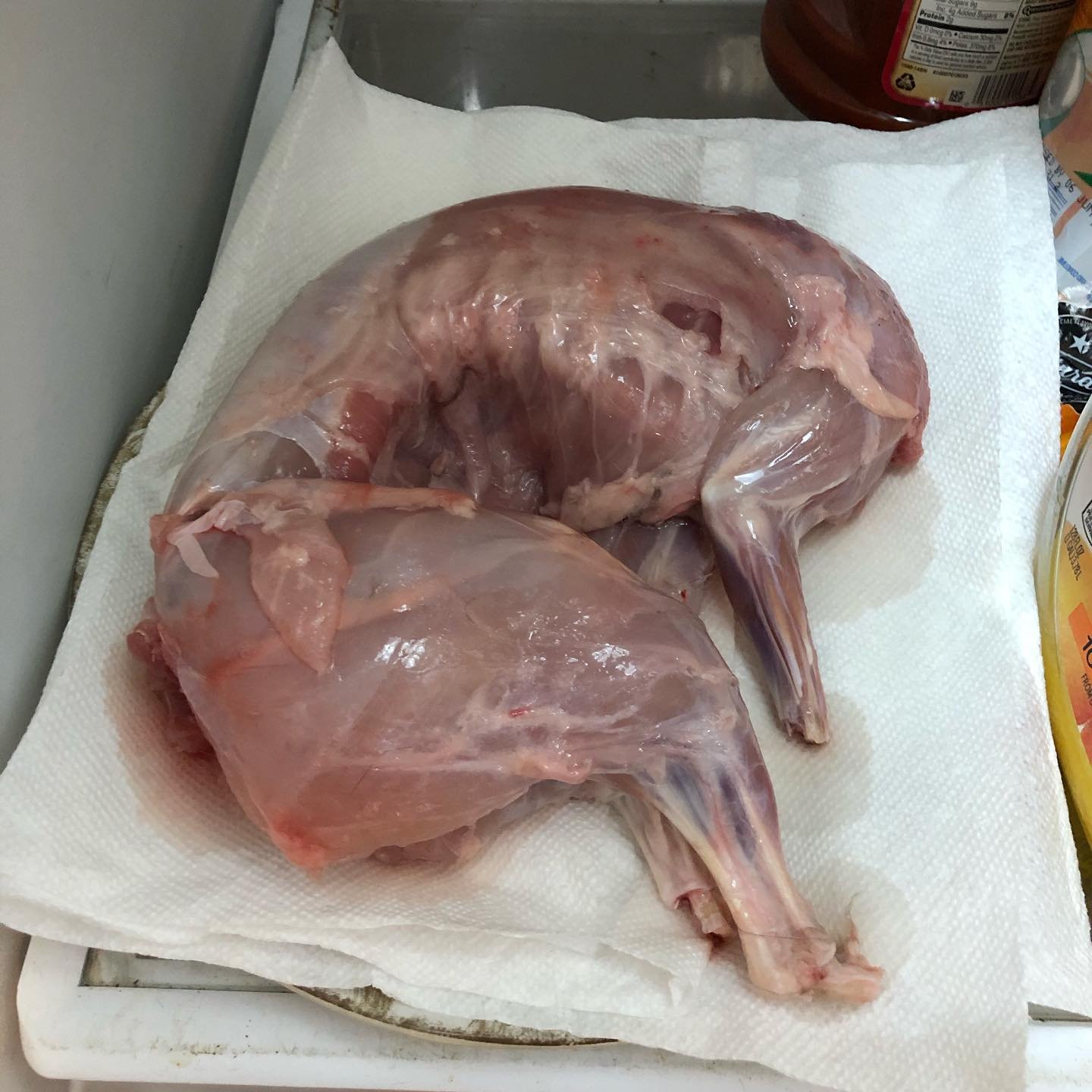
The bunnies have all the parts useful. You can make belly flaps into jerky. Kidneys and livers of these animals are very popular in dishes.
Homesteaders often keep heart, lungs, feet, and head for their dogs as treats.
They cut the hides into stripes and make chews if not tanned for the fur.
One doe can produce a litter of 5-8 kits in 30 days, which will wean 6 weeks after they’re born. They become ready to process in 4-6 weeks, and a single rabbit will dress out about 2-3.5 pounds.
So, on average, you can get 18 pounds of meat in only 10-12 weeks.
Each rabbit carcass yields roughly 50-60% of live weight. Their meat has a higher meat-to-bone ratio, so you can expect 75-80% of such yields to be edible.
A single doe produces 25 to 50 live rabbits every year, which can yield 125 to 250 lbs of meat.
Nutritional Value
Do you know rabbit meat is low in fat?
Yes, it is only about 3 grams of fat per 100 grams. Beef contains 10-15 grams of fat, while chicken includes 6-10 grams per 100 grams. It is also lower in cholesterol than other types of meat.
The meat of a bunny has omega-3 fatty acids, B vitamins, particularly B12 and niacin.
It is a lean meat and a healthy protein source. Here is a comparison between several types of meat.
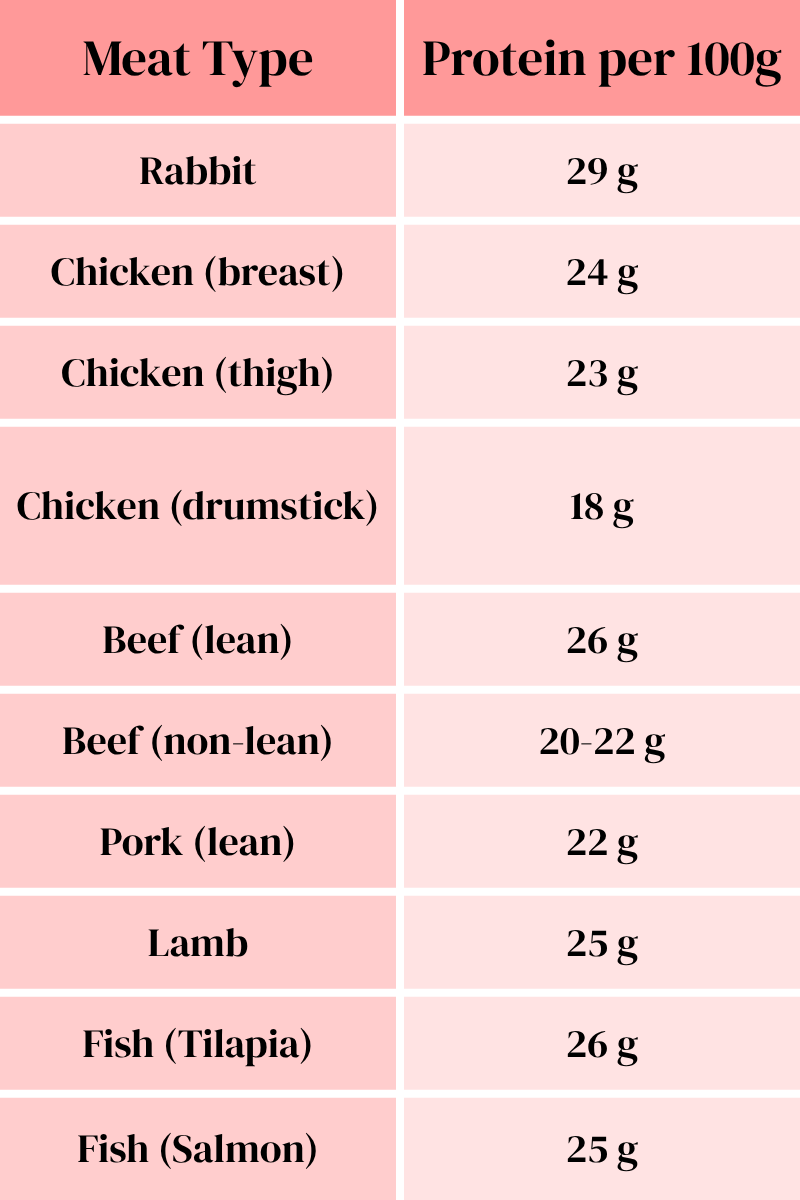
Cons and Challenges to Consider
Hard to Process
It’s really hard to butcher the rabbits in the first year of raising.
Beginners or those who are attached to animals and need to let go all at once find it very painful. They assume, instead of appreciating the beautiful and cute little creatures, keepers make their table food.
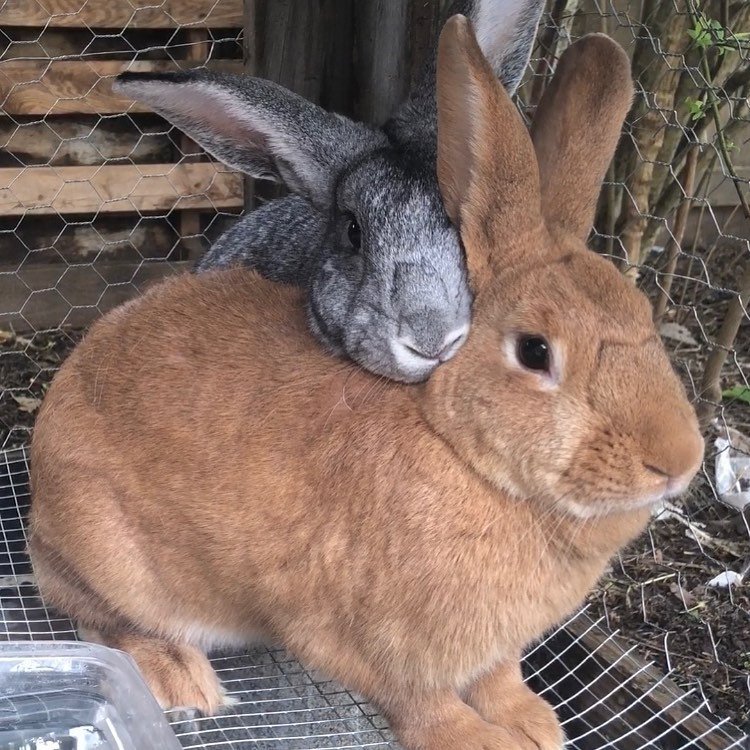
The animal lovers find it cruel and unnecessary.
Once, I had only shared a post about the best meat rabbit breeds on Facebook, in a special group for rabbit raising. Even then, people jumped in, targeting me with their strong opinions and criticisms in the comment section.
Their comments were strongly opposed to raising rabbits for meat.
But rabbits are a sustainable source of food, and that’s how things work in homesteading or animal husbandry.
Meat Yield
A typical fryer rabbits weigh 3.5 – 5.5 lbs live per animal, which can yield 2 to 3.5 pounds of dressed meat. It is enough for a small family.
But it is less than chickens, pigs, and other meat animals.
For example, broiler or meat chickens are around 9 lbs – 8.5 lbs live, and they produce 7-7.5 lbs to 6 lbs of dressed meat.
If you raise hogs, they grow 250 to 300 lbs live per animal and roughly yield 145 to 210 lbs. And the average weight of a young goat is around 40- 50 lbs, yielding a 19 to 23 lbs carcass.
But the large animals or beef animals weigh 1,000 to 1,600 lbs. A 1400-lb animal can give a carcass weight of around 880 lbs.
Costs of Raising Meat Rabbits
Every keeper has their own different costs and various reasons for raising rabbits. The place you live and the local rules and regulations also affect the cost of raising animals.
Let’s break it down with my experience.
Startup Cost
There are various-sized rabbit cages (at least 4.5 ‘ x2.5’), hutches or pens in the market ranging from $80 to $200 each.
But rabbits breed at a speed that you will need a spacious enclosure very soon.
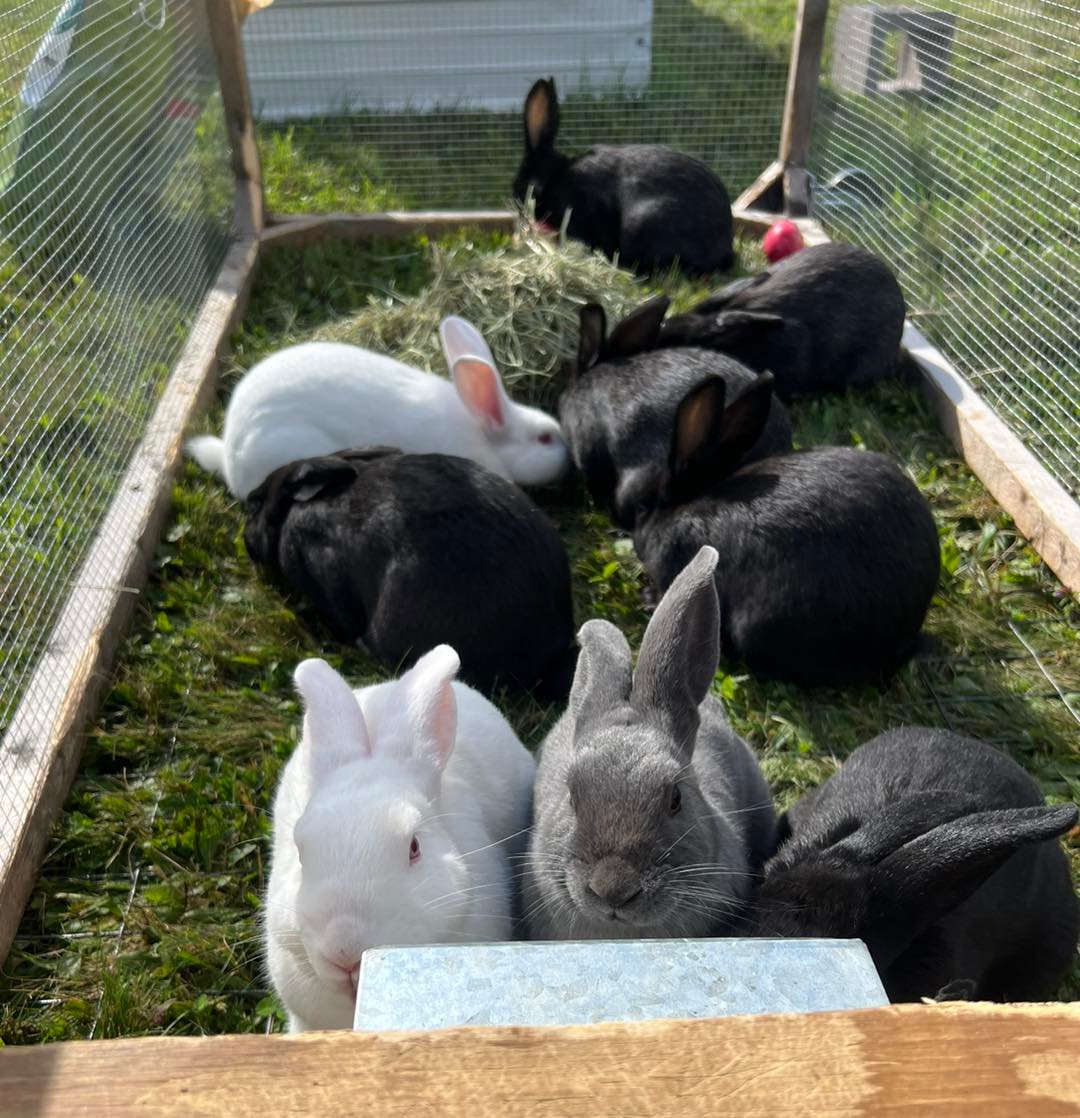
So, you can invest in rabbit pens or large dog kennels. My NIC cubes, perhaps, are for about $50, and my baby gate for the room is around $40.
Also, you will need initial breeding stocks.
When buying live animals, bucks and does may cost you around $25 and $30, respectively.
Ongoing Cost
I find the biggest cost comes with rabbit feeding.
When I tracked it, one litter had eaten 3.4lbs per 1lb animal live weight. The other was 3.6lb per 1 lb, so the number is nearly the same.
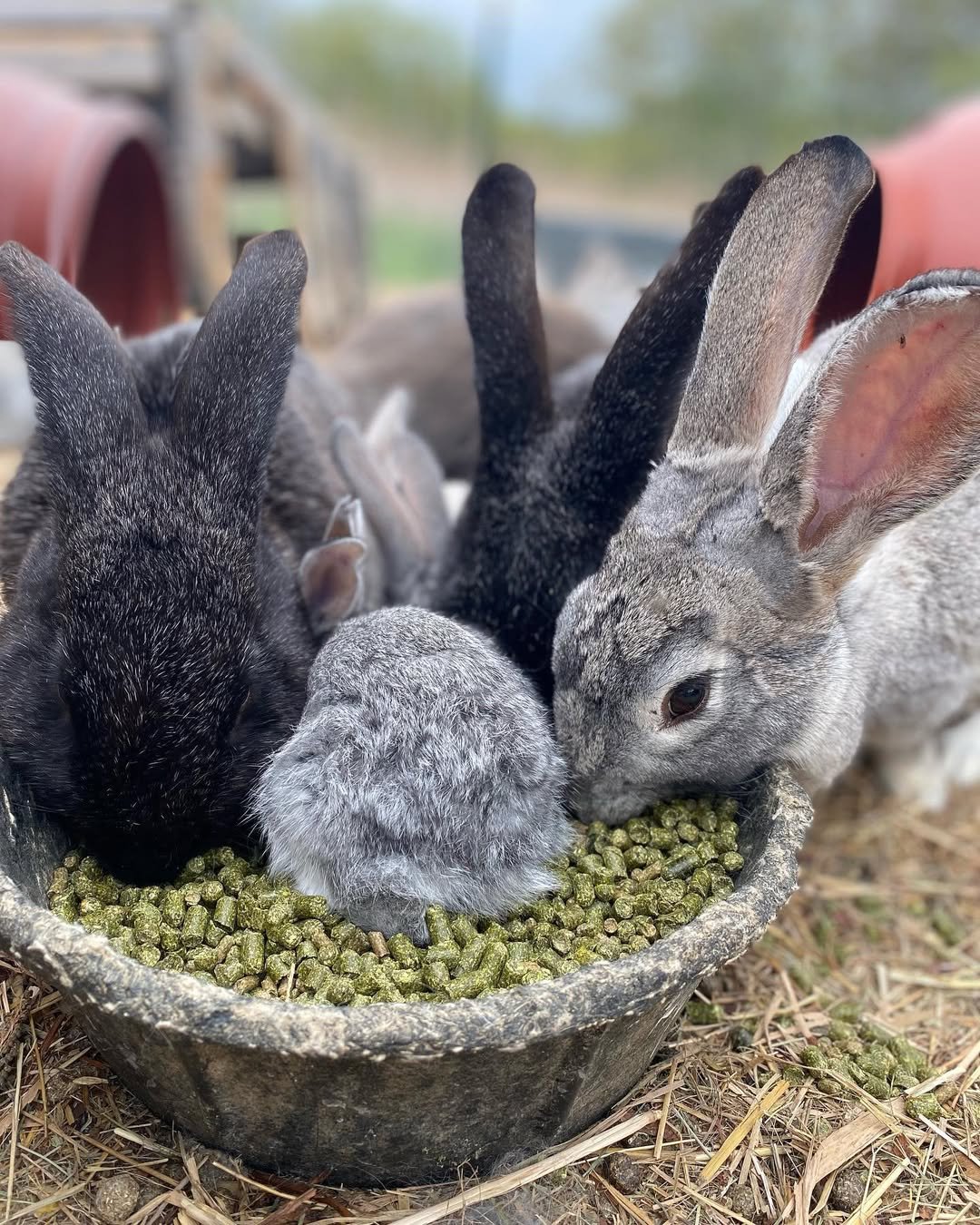
Of course, moms eat too.
I give a pellet worth $9 to each kit to reach 5 lbs.
The water bill is lower and doesn’t change by more than $6.
When I calculated my 19 rabbits, including 3 breeders and 16 kits, I found out that I had to spend around $10 to get a 5-lb fryer over 8 weeks.
Final Thoughts
You need to spend around $6 – 12 per rabbit to get their market weight. So, if you’re overly dependent on pellet, you cannot win.
To raise rabbits successfully, you need to cut down your costs. For example, a homemade or DIY setup, growing your own plants and foods for bunnies, may help.



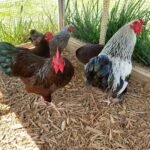


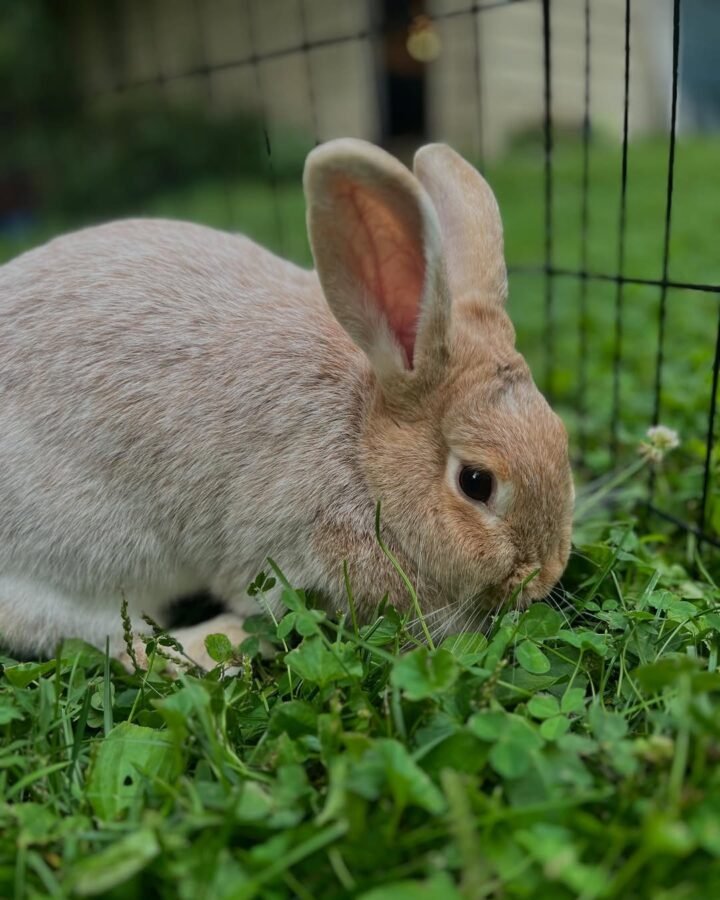


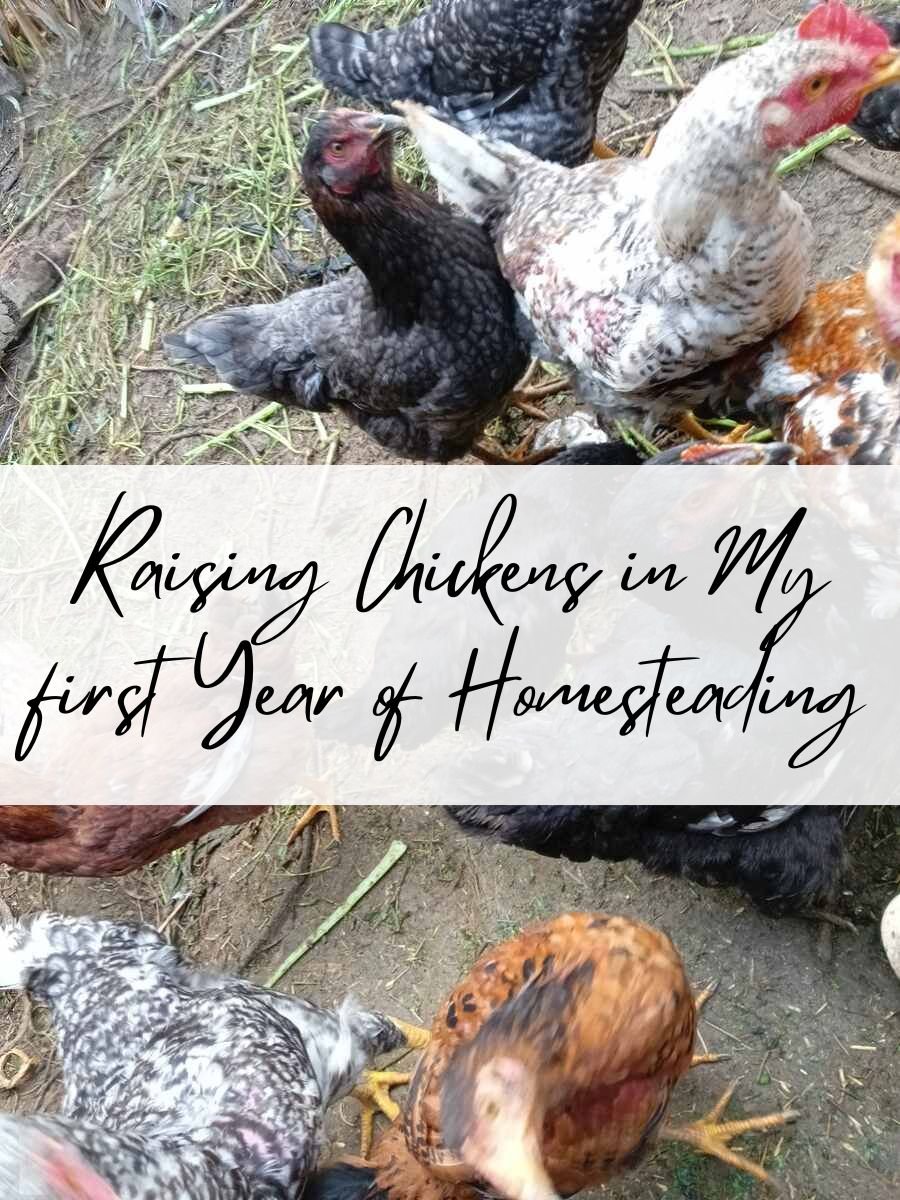
Leave a Reply